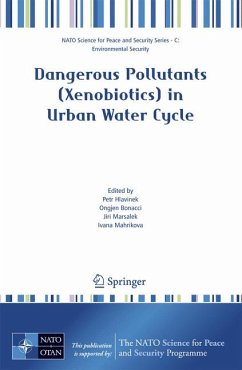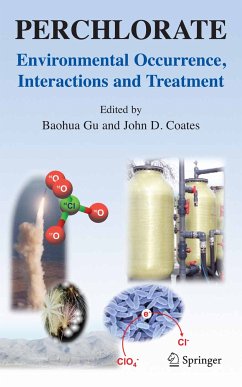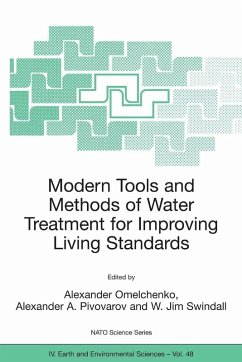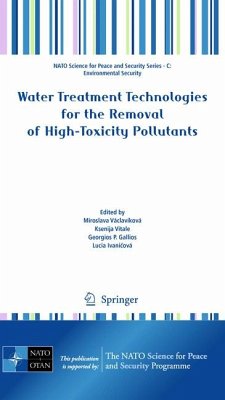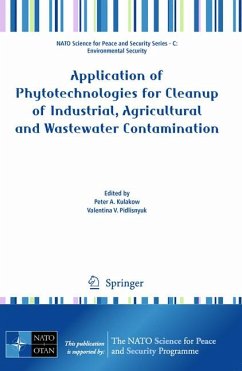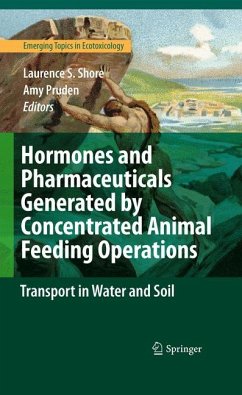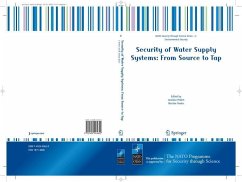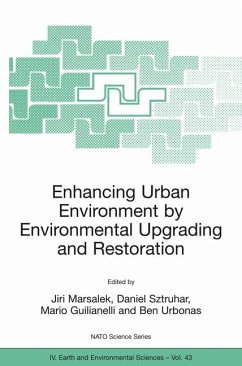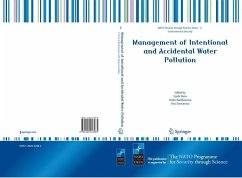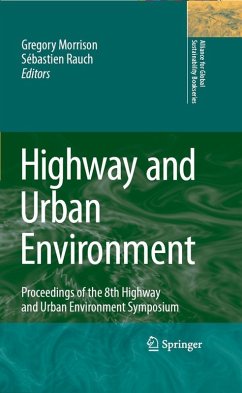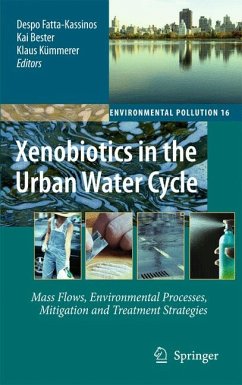
Xenobiotics in the Urban Water Cycle (eBook, PDF)
Mass Flows, Environmental Processes, Mitigation and Treatment Strategies
Redaktion: Fatta-Kassinos, Despo; Kümmerer, Klaus; Bester, Kai
Versandkostenfrei!
Sofort per Download lieferbar
232,95 €
inkl. MwSt.
Weitere Ausgaben:

PAYBACK Punkte
116 °P sammeln!
The history of chemistry and pharmaceutical sciences is an impressive success story. The products of chemical and pharmaceutical industries are present eve- where in our everyday life. They help to pursue the modern way of living and they contribute to our high standard of living and safety, mobility, communication te- nologies, food, health, textiles and drinking water treatment, among many others. These products are labeled under the categories: pharmaceuticals, pesticides, det- gents, fertilizers, dyes, paints, preservatives, food additives and personal care pr- ucts, to name a few. Within ...
The history of chemistry and pharmaceutical sciences is an impressive success story. The products of chemical and pharmaceutical industries are present eve- where in our everyday life. They help to pursue the modern way of living and they contribute to our high standard of living and safety, mobility, communication te- nologies, food, health, textiles and drinking water treatment, among many others. These products are labeled under the categories: pharmaceuticals, pesticides, det- gents, fertilizers, dyes, paints, preservatives, food additives and personal care pr- ucts, to name a few. Within these categories, groups of chemicals with similar structures can be found. However, often groups of chemicals with very different structures belong to the same category. For a long time the production of chemicals and pharmaceuticals, their usage and application was connected with the heavy pollution of the environment and serious health effects. At the end of the last century, it was realised that the products of che- cal and pharmaceutical industries are presenting a new type of environmental pol- tion that may also pose a health risk to the consumer. Most chemicals are used in so-called open applications in excessive amounts e. g. for personal care, hygiene, plant protection, health and in textiles. In many cases such as scents, detergents, textile chemicals, surface disinfectants, pesticides and others it is unavoidable that these chemicals are released into the environment according to their intended use.
Dieser Download kann aus rechtlichen Gründen nur mit Rechnungsadresse in A, B, BG, CY, CZ, D, DK, EW, E, FIN, F, GR, HR, H, IRL, I, LT, L, LR, M, NL, PL, P, R, S, SLO, SK ausgeliefert werden.




